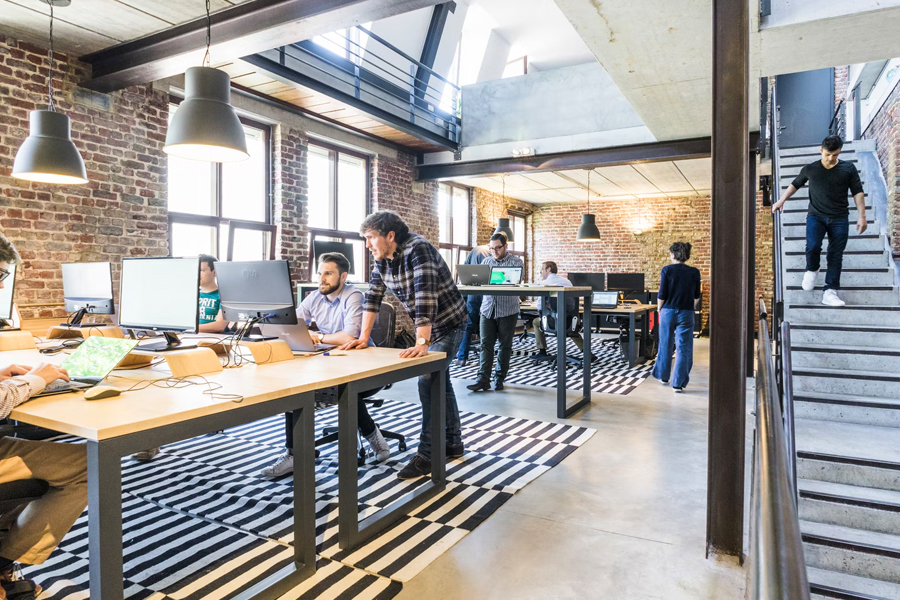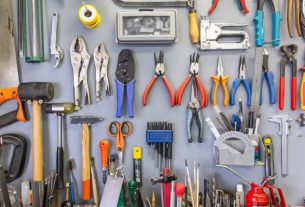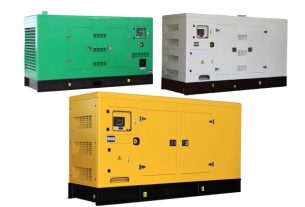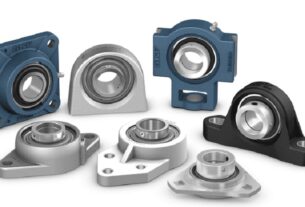It’s no secret that happy employees are better at work. Gone are the days when employees would suffer in silence in workspaces that are purely designed for a purpose. Not only is there a fair expectation that employers make the workspace more comfortable., but making some design changes can actually improve the productivity and satisfaction of your staff.
We are by no means suggesting that you should do a full blown renovation (this can be expensive and time consuming), but there are some small changes that can make a huge difference for your staff. This, in turn, could lead to some big changes for your business too!
Here are some simple workplace design changes that make a big difference to your business:
Colour
Adding a splash of colour in the office is a great way to brighten up the workplace! If you have corporate colours, this is a great place to start! However, don’t feel obligated to only choose these colours. Choose bright, vibrant colours that will give the office a welcome facelift.
Depending on your budget, you have quite a few options of what you can do. You could go as far as having a commissioned mural place in the office to inspire your employees. However, this is an expensive solution that will take a great deal of time.
Think of home renovations. If you can’t paint an entire home, what’s the best way to brighten a room? A feature wall. You can apply this same strategy in your office! Start by selecting your colours, then examine your workspace. Choose a few different areas – perhaps there are pillars in your office? Or a wall in your kitchen that’s begging for some colour? If you have multiple meeting rooms, painting a wall inside or even the doors is a great place to start.
Comfort
Who wants to sit in an uncomfortable chair all day? No one, that’s who. One sure fire way to reduce productivity is to make the space comfortable for your staff.
Start with any chairs and desks. Invest in ergonomic chairs and offer a variety of seated and adjustable standing desks. When your team can make themselves comfortable, they can spend less time worrying about a sore back and more time working away.
If possible, and you haven’t done so already, why not try to create a comfortable break area? Perhaps with a lounge or an armchair or two where your staff can relax and take a break. This could also act as a space where your team can take calls away from their colleagues if needed. Staff that are well rested will be more productive!
Another common area of contention in any office is the temperature. What people consider comfortable will differ from person to person, to try to reach a happy middle. If needed, you can have safe space heaters available for particularly cold days.
Lay Out
Consider how your workspace is set up. The first question you need to answer is does your team have what they need to complete their work in a timely manner?
For example, architects need larger tables for preliminary sketches. If you have a sales team that makes a large volume of calls, they need space to make these without disturbing their colleagues. Ask your team for input, and within reason and your budget, see if you can get the tools they need to perform their roles better.
Next, look at the layout of your workspace. Have organised it as efficiently as possible? Again, this is a great opportunity to ask for input from your team.
If there is a certain team that uses the copier and printer the most, are they positioned as closely to this as possible? This may seem like a trivial change, but if the walk from the desk to the machine is 2 minutes each way instead of 4, this cuts down on wasted time.
Another thing to consider is grouping those who work together to help with collaboration. This will encourage teamwork and communication – two core components of a productive workspace.
Light
Consider the lights you’re using. If possible, natural light is always preferable – it’s better for your team in so many ways. If you still need bulbs, avoid fluorescent light as much as possible. These lights contribute to a long list of issues, including headaches, eye strain, and stress.
Adding additional windows can make a world of difference. If this isn’t an option, update your lights with softer, eco bulbs that imitate natural light.
Final Thoughts
The most effective thing you can do is to consult your team or work with a facilities management company. Ask them what issues they may have, and work with them to find a solution. The Eden of the perfect office may be a bit of a stretch, but speaking with your team will help you get as close to this goal as you can.





